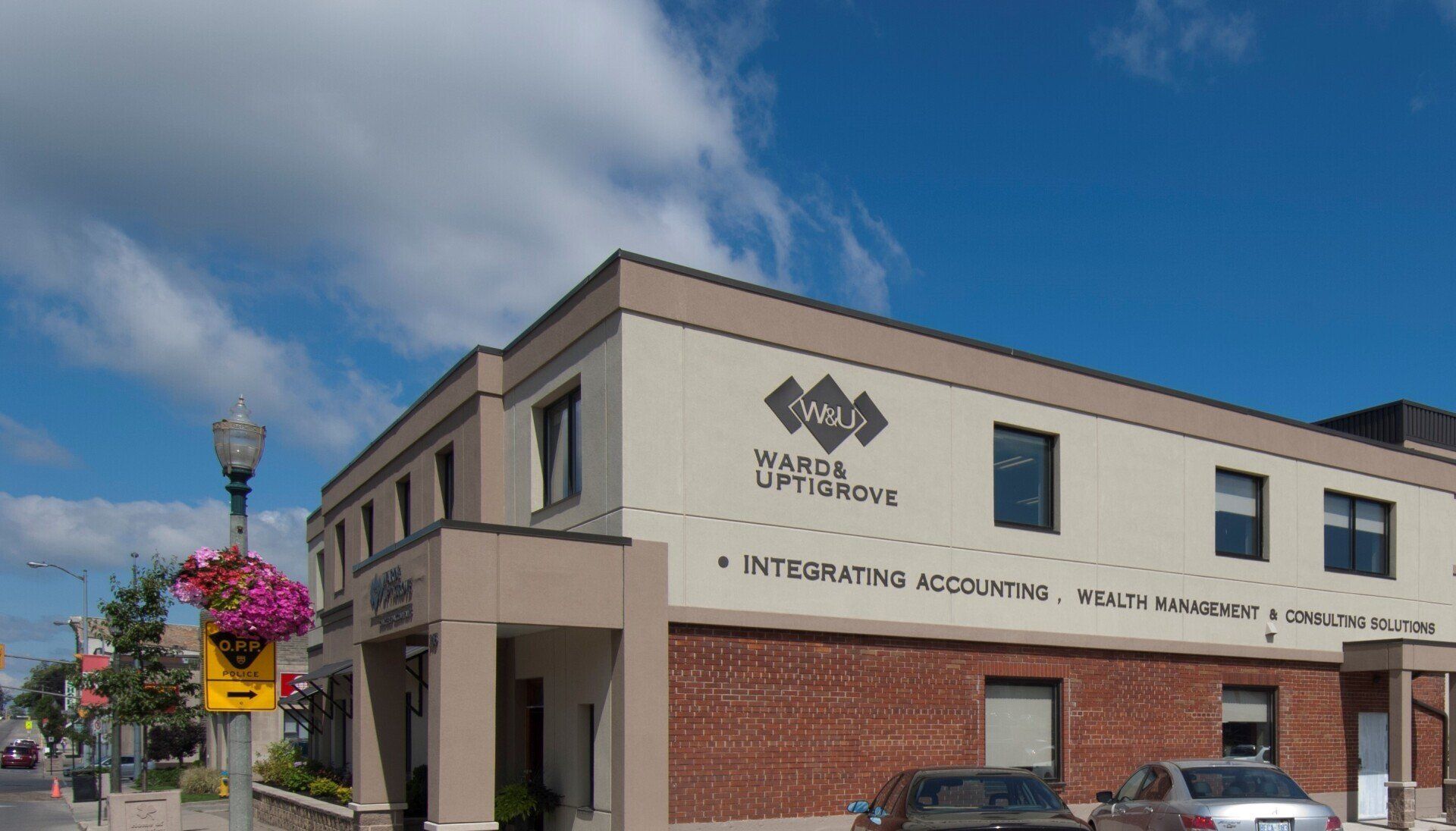Fall 2018 Farming Matters
Dairy Farmers Investment Program (DFIP)
We have seen dairy farmers begin to receive their grant money over the last few months for projects that they applied for in August 2017. With a large number of applications submitted and follow up information required for many of the approved projects, it took longer than anticipated for the funds to be disbursed. While some applicants have completed their projects and received their funding, others have been informed they will have to wait until the spring of 2019 to receive their funding, even if their project was already completed in 2018.
Based on the short turnaround time for putting together and submitting applications last August and the quick closing of the first application window, it is important that anyone who is thinking about applying in the next phase is prepared and ready with the details required. The new application form is not available currently, but based on the first intake we recommend giving some thought to the following:
1. What project plans do you currently have on your farm and are they eligible under the DFIP?
If you have multiple project ideas floating around, some eligible and some ineligible, consider the benefit of the funding through DFIP before deciding which project to complete. Large projects provide significant funding opportunities and completing an eligible project while funding is available can result in significant cost savings.
To review projects that might be eligible under the program you can contact your accountant or review the program details.
2. Get quotes from vendors
Applications for non-completed projects will require you to obtain quotes from vendors who will be completing the project. Quotes are needed for the equipment and subcontractors such as electricians or general contractors for potential retrofitting of space.
3. Talk to your bank
You will need to indicate how you plan to fund the project in your application. This means either proof of cash available or obtaining a letter from your bank indicating they are aware of the project, they support the project and that they will fund the project if undertaken.
4. What is the productivity gain to be realized by the project?
One of the most important pieces of your application will be describing the productivity gains that you will be able to take advantage of if your project is approved. The purpose of the DFIP is to help improve efficiency and effectiveness in the industry and it is critical to consider this when deciding on a project. Identifying which project may provide productivity gains may push it to the top of your priority list when applying.
There has been very little information regarding a second application intake period but after some communication with Agriculture and Agri-Food Canada (AAFC) they have informed us the second phase of the program is expected to open before the end of 2018. Please do not hesitate to contact your accountant to discuss how we can help you prepare and assist in completing your application once the intake opens.
Class 10 audits
As a reminder, due to an increase in Class 10 and HST audits by CRA, we would like to remind farmers to ensure that the invoices they receive are in the correct business name (if you are a shareholder of a corporation, ensure the invoices are in the corporation's name and not your personal one). CRA disallows the HST and expense on invoices that are not in the correct name.
If you have been selected for a Class 10 audit, please inform Ward & Uptigrove immediately. This will ensure the proper paperwork and documentation is being forwarded to CRA as there may have been changes to the account during financial statement preparation.
Deadlines Upcoming
Production Insurance:
2018 Program year:
- September 1, 2018:
- Report yields for winter wheat, organic winter wheat, and organic winter spelt
- Report final planted acreage for summer-seeded new forage
- September 15, 2018:
- Premiums due for summer-seeded new forage
- October 31, 2018:
- Report yield for canola, mustard, spring grains and wheat
- December 15, 2018
- Report yields for beans, corn, and soybeans
Risk Management:
2018 Program year:
- October 31, 2018:
- Report third quarter livestock sales
- January 31, 2018:
- Pay second semi-annual premium installment for livestock plans.
- Report fourth quarter livestock sales.
AgriStability:
2017 Program year:
- December 31, 2018:
- Pay your fee with a 20% late fee penalty
2018 Program year:
- April 30, 2019:
- Deadline to enroll as a New Applicant in the 2019 program year.
- June 15, 2019:
- Individuals submit T1163 to Canada Revenue Agency
- June 30, 2019:
- Corporations and trusts, submit Statement A to Agricorp
- All applicants, submit year end report and Claim form
AgriInvest:
2017 Program year:
AgriInvest deposits are due 90 days after the date on your deposit notice.
If you have not received a deposit notice and are expecting one, please contact our office for follow up action.
- September 30, 2018:
- Submit Statement A to Agricorp (corporation and trusts)
- Submit T1163 to Canada Revenue Agency (individuals)
Self-Directed Risk Management (SDRM):
- September/October 2018 :
- Deposit and withdrawal notices should be expected
- February 1, 2019:
- Deposit deadline for 2018 SDRM deposit
Year End Tax Planning
Many farm sectors will have experienced profitable years and tax planning before year end may provide substantial tax savings. The timing of government assistance may also trigger higher than expected incomes. We recommend, that if you are concerned about your income level and the tax liability it may generate, you contact us for a preliminary review of your tax situation.
Some ways to lower your tax liability include:
- Prepaying in 2018 for 2019 inputs such as feed, crop inputs, and livestock.
- Income sharing with children and or spouses (please review with us).
- Repairing equipment and/or farm buildings.
- Delaying receipt of commodity sales until the new year.
- For individuals, purchasing RRSPs prior to March 1, 2019.
- Delaying the withdrawal of AgriInvest funds until the new year.
Quota Changes
As we communicated in our previous newsletter, the tax rules for quota changed effective January 1, 2017. This resulted in significant changes to the tax calculation on ALL quota sales including partial sales of quota. The tax changes require the historical cost of quota be considered when calculating the taxes owing. Gathering the relevant data can be time consuming as some farmers have owned quota since 1970 and have had intergenerational transfers.
Due to these tax changes, all sales of quota will have a taxable portion. So you will not be surprised by your tax bill, it is important to let your accountant know of any sales as the sale can be contemplated as part of your overall tax planning. Please contact your accountant if you have sold quota in 2018 or plan to sell quota in the near future.
AgriStability Update
Starting with the 2018 program year, the reference margin limit (RML) changed from the lower of 70% of net income and average expenses to a cap of 70% of your average net income.
As an example, if you had average expenses of $30,000 and an average net income of $100,000, under the previous rules, your RML would have been $30,000 as this is lower than your average net income of $100,000. Under the new rules, your RML would be $70,000 ($100,000 x 70%).
Land Transfer Tax Exemption
In some estate and succession plans you may want to transfer your farm property to a corporation or one of your children. Some early planning is required to ensure that the farm being transferred is actively farmed and recorded as such on your personal tax returns so you qualify for the land transfer tax exemption. If specific conditions are not met you could find yourselves with the added cost of having to pay the land transfer tax.
An exemption of land transfer tax applies on a transfer of farm land from an individual or related individuals (transferor) to a family farm corporation or family members (transferee) when certain conditions are met.
The main condition that puts clients offside is the farm must be farmed predominately by the transferor in the year immediately preceding the transfer of the farm property. This is only achieved by the transferor (you) actively farming the farm being transferred in the year before the transfer occurs. Please note that renting or leasing the property does not count as a farming activity and will result in land transfer tax applying on the farm transfer. The farm must also be predominately farmed by the transferee (your corporation or child) in the year of the transfer.
So when you are looking to transfer your farm property to your corporation or a family member, please discuss with your accountant in advance to ensure things are done and recorded properly to avoid a possibly large cost for land transfer tax.





